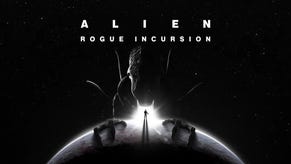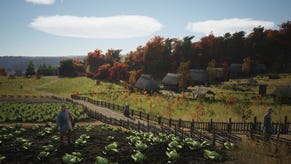The Witcher 3: Wild Hunt - two key factors of a world to get lost in
The Witcher 3: Wild Hunt throws you down in a beautiful world and gives you a better reason to stick around than collecting a few hundred random objects, Brenna says.
A couple of friendly chaps from CD Projekt RED turned up in Sydney recently to give we poor starving Australian journalists a chance to see a purpose-built demo of The Witcher 3: Wild Hunt, previously shown only behind closed doors or at big international conventions.
Now that The Witcher 3 has taken the series open-world, it's time to dust off the inevitable comparison to Skyrim that must legally be included in any and all open-world RPG discussion. The first Witcher game was built on BioWare's Aurora engine, but with The Witcher 2, CD Projekt debuted its own tech, with spectacular results - especially from such a young team. Nevertheless, since Skyrim was only vaguely contemporaneous and a very different style of game it seemed a little rude to put them side by side.
With The Witcher 3, though, we're seeing the first next-gen engine from the team, and it hopes to surpass the masters of the genre. Until Bethesda produces its own next-gen engine we can't know how that rivalry will work out, but we can look at The Witcher 3 as an example of what The Elder Scrolls team ought to shoot for.
Remember when Skyrim was first unveiled and there was a lot of excited talk about how the vegetation and weather effects were so luscious and special? All that stuff about snow drifts piling up, and real physics on water? And then you got out there and it was, while undeniably lovely and more than impressive, not quite what you'd expected? That's the nature of previews, I'm afraid - the developer tells you a bunch of cool things about its back end tech, and you dutifully become much more excited than the end results warrant.
CD Projekt didn't tell us anything about its tech, it just put the game on screen and let it speak for itself. The Witcher 3 is heard most clearly during quiet moments, when the world is allowed to speak. At times when the controller sat idle, while the staff explained something or answered a question, it gave me a chance to take in the individual blades of grass and wildflowers that covered the ground - literally covered, not just patchily decorated like a man not yet confident enough to rock a chrome dome and still doing that disastrous comb over thing. To watch the breeze ripple them. To admire the gleaming - and apparently not even final! - textures of Geralt's mail, which flowed and clumped around his body, individual links shining as they caught the light.
Leaving Geralt to meditate allowed us to watch the day-night and weather cycles in action, showing the dramatic variation available in just one location, but the demo we saw took us through several locations - a castle on a cliff face, the prosperous little village that clung to its ankles, the ocean, an island headland, a ruined and overgrown keep, a sulky little hamlet in the boondocks, and an ancient forest. Each of these locations was startlingly different from the next; you might run through them in a few moments and not notice the differences, but you could also stop and take in the commendable variations in assets missing from so many comparable large-scale games.
I don't have candid screenshots or footage to show you what I mean, and I lack the language of graphics tech to explain the differences, so let me just break it down - The Witcher 3's landscapes make Skyrim look extremely last-gen. The Witcher 3's ocean makes Assassin's Creed 4, heretofore the acknowledged king of beautiful oceans, look distinctly cross-gen. The Witcher 3's character animations - well, actually, okay, apart from the sizzlingly attractive fencing, the animations look a little rocky at this point, while largely static and stone-faced characters suddenly pinwheeling their arms in gestures and throwing facial expressions around like they have sudden itches. I don't know how much of that is CD Projekt RED's dramatic European style and how much is work in progress.
Head to the second page to read about The Witcher 3's "personal story" approach to side quests.
Now that we've talked about how gorgeously lovely The Witcher 3 is - shallow beasts that we are - I suppose we ought to spend some time on how it plays. Unfortunately, CD Projekt RED weren't ready to hand the controller off to we filthy games journalists just yet.
What we saw, though, was an interesting mesh of linearity and open-world gameplay. When you think of open-worlds, you tend to think sandbox, or sandbox-style, with the chance to revisit places you've not seen yet and complete quests you might have missed. The Witcher 3 doesn't really encourage that sort of thing; although you can go wherever you like and do whatever you want, you're not expected to run around after collectibles, or ticking items off a completion list before you hit the final boss.
Instead, CD Projekt RED hopes you'll encounter side quests naturally, written to tie easily into the main quest in such a way that you don't necessarily draw that distinction. It's not that there's the story, and then some other stuff you can do when you get bored - there's just the story of Geralt of Rivia, and what he does. It's supposed to be a more personal story this time rather than the politically-fraught adventure of the second game, which means you and Geralt adventure together, hopefully avoiding the dissonance of suddenly pausing in your quest to save the world to collect 15 flowers for a local burgher.
The example we saw had Geralt speaking with a local lord and after weighing the options choosing to track down the last survivor of a village attacked by the wild hunt. Geralt's search for the wild hunt is his primary agenda, and it drives his choices and actions, but it's also in some ways secondary to his day to day existence - he's a witcher, and he's got to ... witch, I guess. So when he tracks down this fellow, it makes sense that he could be convinced to check out a series of local attacks - especially as one occurs while he's chatting to his reticent informant.
The side quest showed no signs of being anything other than an important story mission. Geralt had choices as to how to investigate the attacks, and two factions hoping to get him on board. In this instance, the village elders want help pacifying a beast they have historically used to train their youth into fierce warriors, but the youth want it killed, and are attempting to leverage the attacks as part of a plan to unseat the elders.
In our demo, Geralt sided with the youth, and was given the choice of recommending death or exile for a compromised villager - who just happened to be the sweetheart of the leader of the youth, and was promptly executed. Then it was off to kill the creature responsible for the attacks - an interesting affair involving tracking it through the woods - no mean feat given their natural layout - and destroying its totems and wolf minions before battling the antlered skull beastie while ducking between looming trees.
On Geralt's return to the village, he received his payment but discovered the elders had been slaughtered along with the true target of the monster; the youth had lied about Geralt's advice for their own ends. Faced with his displeasure at their actions, they ran him out of town; the unpopularity and frequent scapegoating of the monster-slaying order is a common theme through the Witcher books and games.
This one sidequest offered at least three different paths, and given that each branch we didn't explore likely had its own choices, probably at least five possible outcomes. That lends quite a lot of replayability, and what's particularly cool is that Geralt doesn't learn the consequences of his actions till well after the fact - a few weeks or months down the track, the player will view a little animated cutscene explaining the aftermath. Our demo allowed us to see this consequence immediately; turns out, not training warriors against the monster wasn't such a great idea, as raiders turned up not very long after and slaughtered everyone.
Maybe they deserved it; what I dearly love about The Witcher series to date is the ambiguity. Many games claim to offer moral grey areas and meaningful consequence but few do it so well as CD Projekt has done, and apparently intends to continue doing. The player is never made to feel judged, as if what they did was definitely wrong; they are invited to consider the consequences and wonder how an alternate action might have turned out, and to form their own approach to choices rather than pushed into a kind of min-maxing for "good" or "evil" achievements and rewards.
Both the glorious beauty of the world and the bevy of stories contained therein make The Witcher 3: Wild Hunt seem like the kind of game you could get lost in for days at a time - of not weeks. I advise you to book leave now.
The Witcher 3: Wild Hunt is due on PC, PlayStation 4 and Xbox One sometime this year.
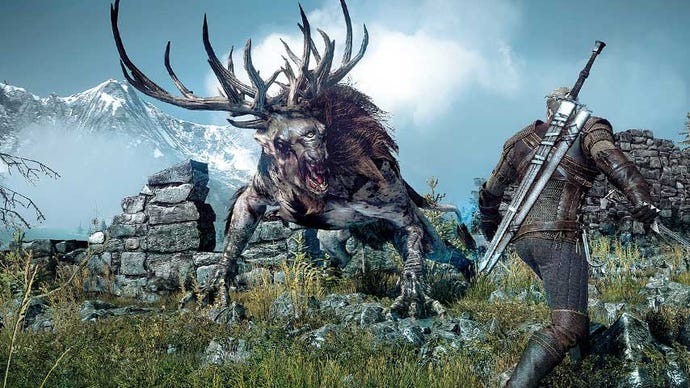


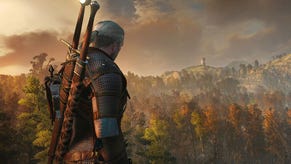
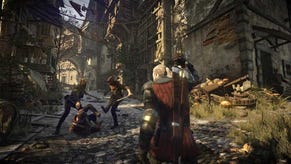
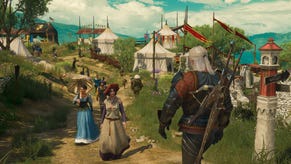
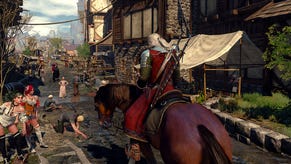

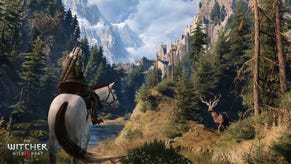

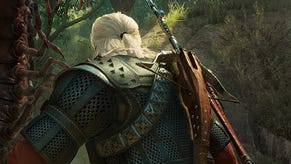
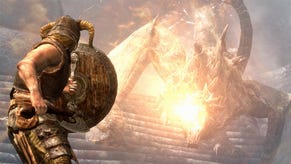

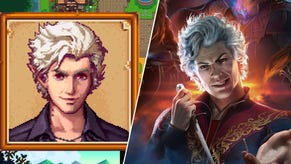
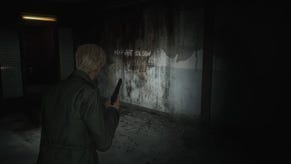
-trailer---Sonic-%26-Knuckles.jpg?width=291&height=164&fit=crop&quality=80&format=jpg&auto=webp)
